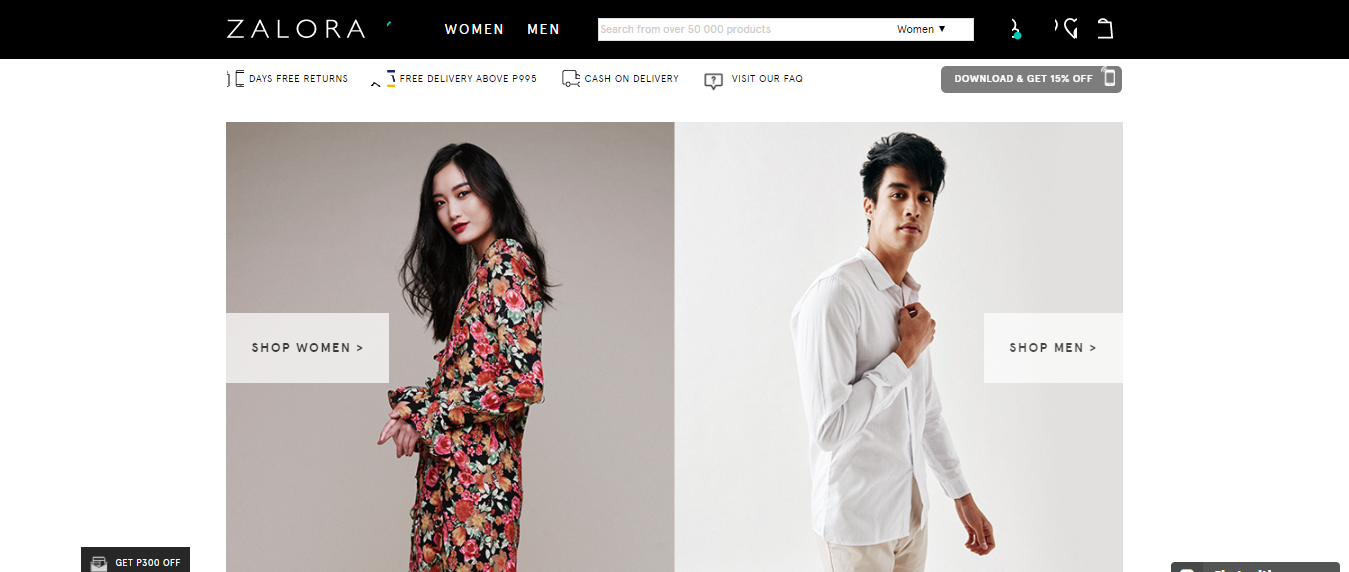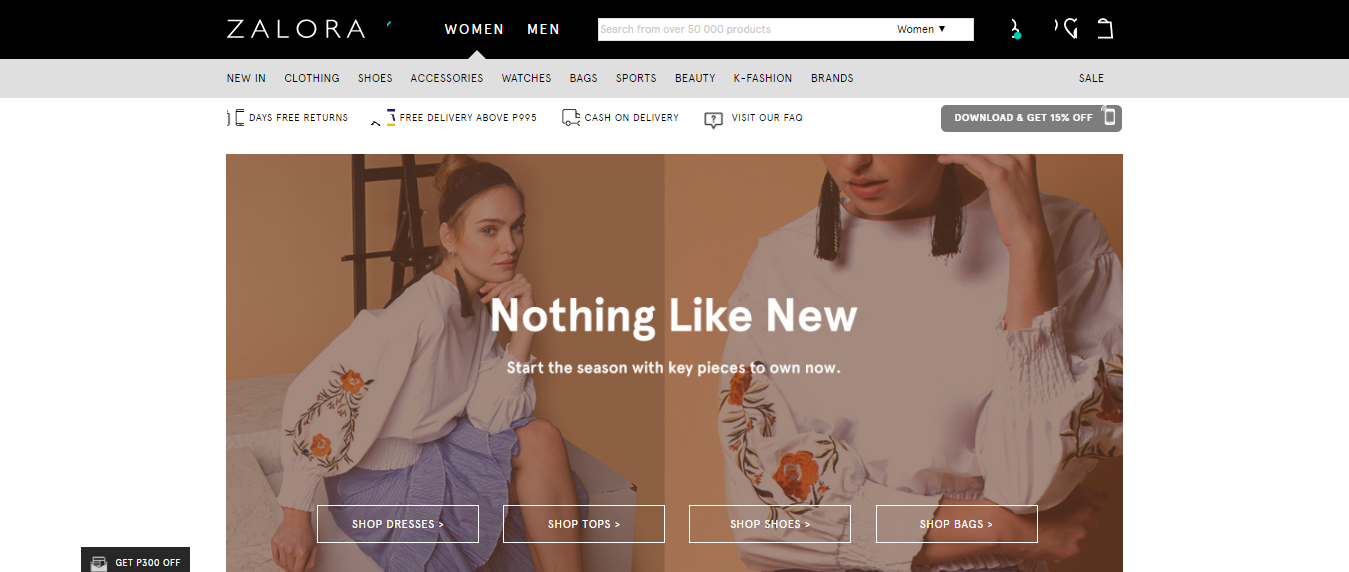Underlying the creation of an effective email marketing strategy is the fundamentals of deliverability.
The truth is, marketers can shed blood, sweat and tears over creating the wittiest marketing copy, A/B testing subject lines, choosing the right colors and images, perfecting the layout.. but what’s the point of creating the perfect email campaign if it doesn’t even make it to your recipients’ inboxes?
And what’s the point of having hundreds of thousands of email addresses in your list if your campaigns don’t even make it to half of your recipients?
Which makes email deliverability super important, don’t you think?
Email deliverability is the measure of success at which an email marketer gets a campaign into subscribers’ inboxes.
Email deliverability should not be mistaken as email delivery.
Hubspot explains email delivery as whether or not a recipient accepts your email. This comes before the inbox or spam folder distinction. Deliverability on the other hand, refers to where the message ends up once it is accepted—inbox? spam folder? (Needless to say, the spam folder is not good either.)
The role of your chosen email service provider
Perhaps the reason why companies don’t think about email deliverability so much is because they rely on their chosen email service providers to take care of it for them.
Understandably so, since email service providers advertise their ability to offer “high deliverability” or “the best deliverability ever”. Kinda makes you think they got it covered, right?
Getting email campaigns to reach email inboxes involves factors that may be quite technical to an average or a traditional marketer—ISPs, IP warmup, sender reputation, bounces, among other things.
And yes, a good email service provider does actively protect your email deliverability, stay on top of industry and technology standards, and make sure you adhere to SPAM laws and policies.
Email service providers keep an eye on email campaigns for anything that can possibly harm sender reputation and sometimes suspend accounts until they’re able to identify what’s going on. Some of the triggers for intervention are the following:
- Unusually high bounce rates
- Unusually high unsubscribe rates
- Unusually high abuse complaints
- Violations of terms
- Schemy activities like maybe bulk uploading bad email addresses
- Direct complaints from recipients
..among other things.
That said, it’s important that you also choose the right email service provider and do a thorough research of their success rates and reputation.
BUT that doesn’t mean you totally leave it to them to watch your email deliverability like a hawk. Prevention is always better than cure, and you don’t want to risk your email deliverability by continuously pushing your limits.
Stop these bad email marketing habits:
1. Experimenting on schemy list building tactics
We know it’s tempting to purchase email lists—and yes, there are a lot of companies who are actually doing this unhealthy practice. Don’t give in to the temptation!
Not only it is an outright illegal practice, it’s also impractical to purchase email addresses of people who don’t actually know who you are. The chance for them to mark your email as spam is high, which is bad for your email deliverability rate.
In connection to list buying, you have to completely avoid other schemy ways of building lists like scraping sites for email addresses.
The CAN SPAM Act of 2003 was signed into law for a reason, and should therefore be valued and adhered to by every email marketing professional, at all costs.
Not only are you breaking laws when you buy or scrape email addresses, you’re also wasting a hell lot of your effort and time.
Sending emails to people who don’t permit you to send them emails put your email deliverability at risk, a risk that is not worth taking because your email campaigns are bound to slide into the spam folders anyway.
2. Sending email campaigns to contacts who have bounced repeatedly
I know it’s hard to let go of email addresses, especially if you worked hard to acquire them. But bounce rate is one of the measures ISPs use to determine an email sender’s reputation, and having too many bounces can also put your email deliverability in jeopardy.
A bounce is an email that for some reason was rejected by the recipient’s mail server.
A soft bounce means that the email address was valid and the email message reached the recipient’s mail server. However, it bounced back because maybe the email inbox is full or the server is down.
Take note of these soft bounces. After several soft bounces, you might want to stop sending to these email addresses too.
A hard bounce on the other hand, indicates a more permanent reason an email cannot be delivered. It’s either the email does not exist anymore, or invalid.
In such case, it’s important to have these invalid emails to be removed, not only because it’s pointless to send emails that never really make it to intended recipients, but also because it lowers your overall email performance rates.
3. Sending campaigns to unengaged contacts
According to Hubspot, the average contact database decays at 22.5% every year. Contacts unsubscribe, change jobs, or abandon their email addresses.
Unengaged contacts are those who haven’t opened your emails over a period of time. Maybe they opted in a long time ago, or without remembering that they did. Maybe they came from an old list that you manually imported (which is why you have to be careful about importing lists) and don’t remember opting in anymore. Maybe the content is not that relevant anymore to them.
If they’re not engaging, you’re most likely sending them graymail—which is what we call emails that users opted in to receive but don’t really want. Like, maybe they just engaged in a one-time purchase or they just wanted to download one ebook.
Email service providers have become very good at identifying these unwanted / unopened emails. Over time, they gauge a domain based on the collective reaction (or non reaction) of your recipients and use that to assess your email campaign’s performance.
In other words, graymail is technically not spam, but are still ultimately bad for your email deliverability.
That being said, you have to do something about contacts that haven’t engaged with you in a while—either create more targeted campaigns to re-engage them, or stop sending them emails completely.
4. Not honoring unsubscribes
Unsubscribes may seem like a bad thing to have but the truth is, contacts who unsubscribe when they don’t want to receive emails from you are actually doing you a favor. They took the time to unsubscribe instead of flagging you as spam (which lessens the credibility of your IP address), leaving email campaigns unopened or ignoring you completely (which lowers your open rates or general email rates).
Of course you want to lessen the number of unsubscribes but when people do unsubscribe, honor their decision to unsubscribe.
Stop sending email campaigns to unsubscribed accounts and focus your efforts instead to those who actually want to receive your emails and actively opens / clicks through / engages with you.
5. Not making it easy for recipients to unsubscribe
With the exception of transactional emails, the unsubscribe link is required by law to be in your email marketing campaigns.
But more than adhering to the law, allowing someone to unsubscribe is in fact, consumer-friendly.
As mentioned above, these people are actually doing you a favor by properly taking an exit rather than flagging you as spam or outright ignoring your emails.
Therefore, don’t make it hard for them to unsubscribe whenever they want. It’s for your own good as much as it is for them.
Rest assured, the ones who’d want to continue receiving emails from you are the ones that fit your buyer profile more.
6. Not asking permission (or vaguely asking permission)
Permission is really the crux of gaining and growing a healthy email list. The reason why purchased lists will never work is because these contacts never gave you permission to begin with.
Whereas, when people give you permission to send them emails, they’re freely handing out their email address to you, they know you, and therefore expect to receive email campaigns from you.
Asking permission means:
- Acquiring email addresses via forms instead of purchasing lists.
- Implementing double opt-ins as a standard
- Being “in business” or “in communication” with your contacts within the last 12 months.
Take asking permission seriously. It’s not only a good practice, it also affects your deliverability in the long run.
7. Sending generic (and boring) email campaigns to broad list segmentations
It’s better to send small, segmented email campaigns than large, untargeted ones.
Sending customized email campaigns to smaller segments result to better engagement and conversions, whereas broad topics and generic campaigns sent to large segments end up being more distant and less personal.
In other words, the smaller the segment, the more targeted your campaign and message can be.
What does this have to do with deliverability? A great deal, actually.
Chances are, you have a broad range of buyer personas and each persona is interested only in specific topics or products.
Let’s take ZALORA for example (who are amazing at email marketing and retargeting by the way).
ZALORA has a wide range of products for both Men and Women so they make it easy for customers to identify what type of products they want to purchase.

But even the category “men” and “women” are still quite broad. Female customers might specifically be interested in Clothes, or Bags, or Makeup.

When you’re a subscriber and customer, ZALORA is able to track your website activity and the type of products you usually purchase or browse. They then use these insights to create list segmentations and send campaigns that are specific to subscribers’ preferences.
An email campaign to a female subscriber who likes browsing dresses would look like this:

Now imagine being an athletic guy who’s after trainers or sports apparel, and receiving a broad email campaign that has a little bit of everything you’re not interested in?
By sending content that specifically resonate with their customers, ZALORA is able to have more engagement and conversions, giving them better performance, reputation, and overall deliverability.
How is your email marketing campaign doing? Download this free ebook to know how to send better emails and get better results.






